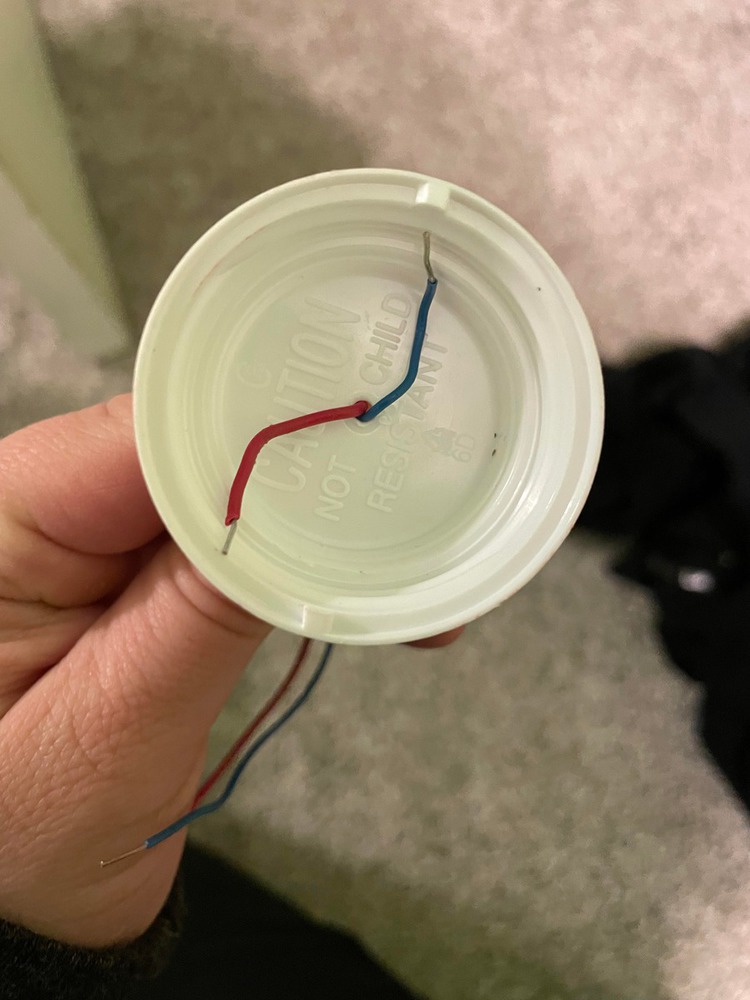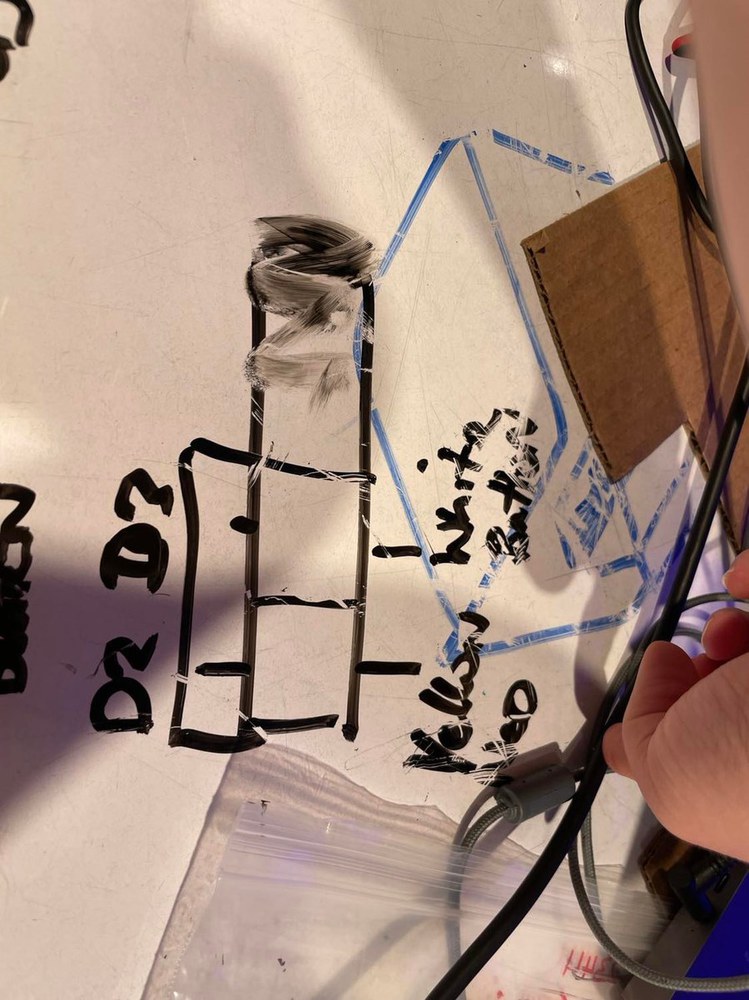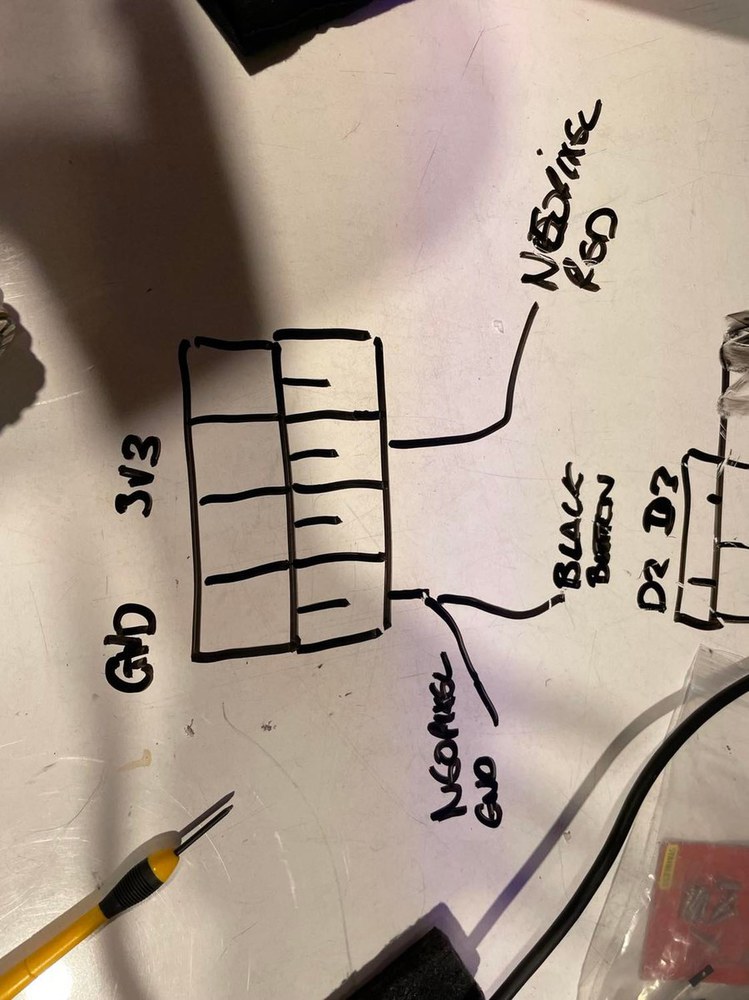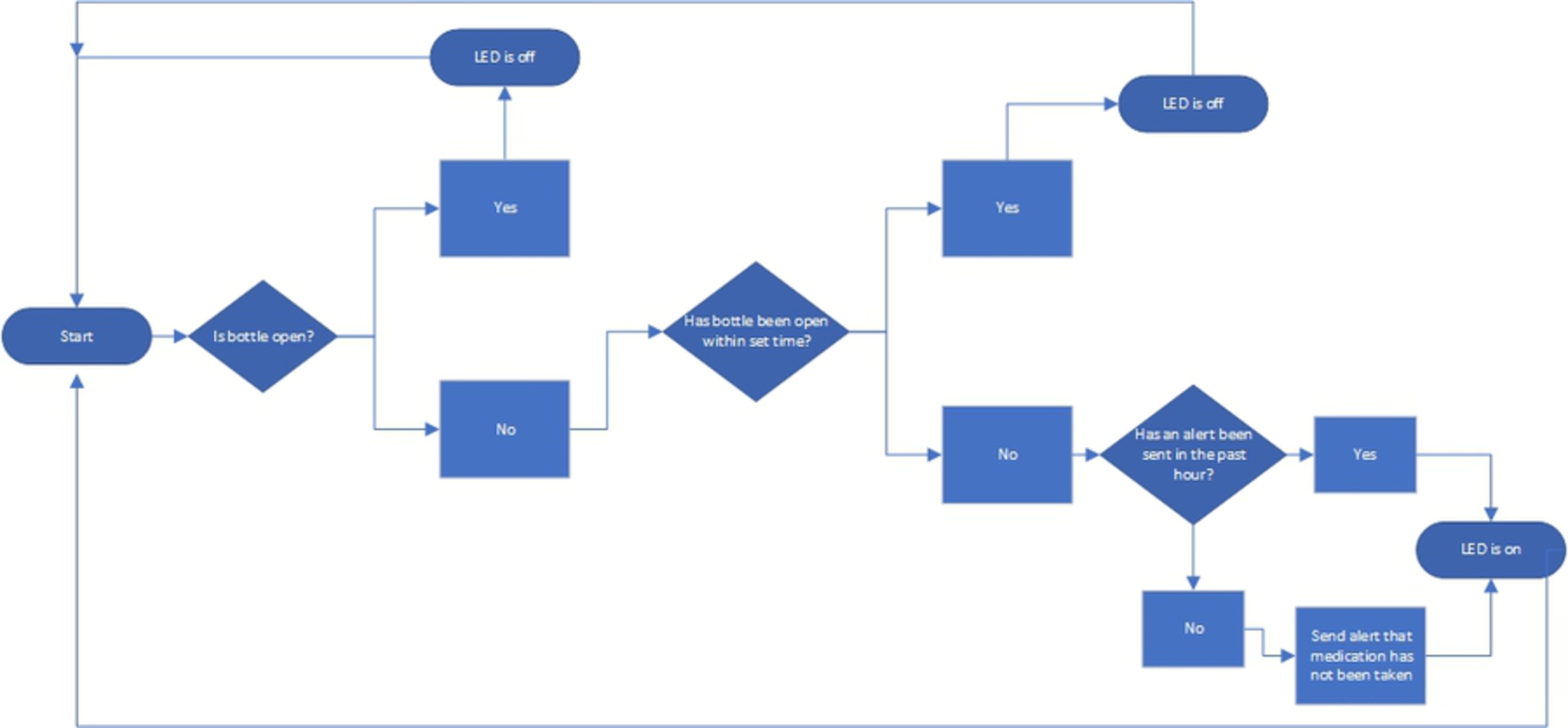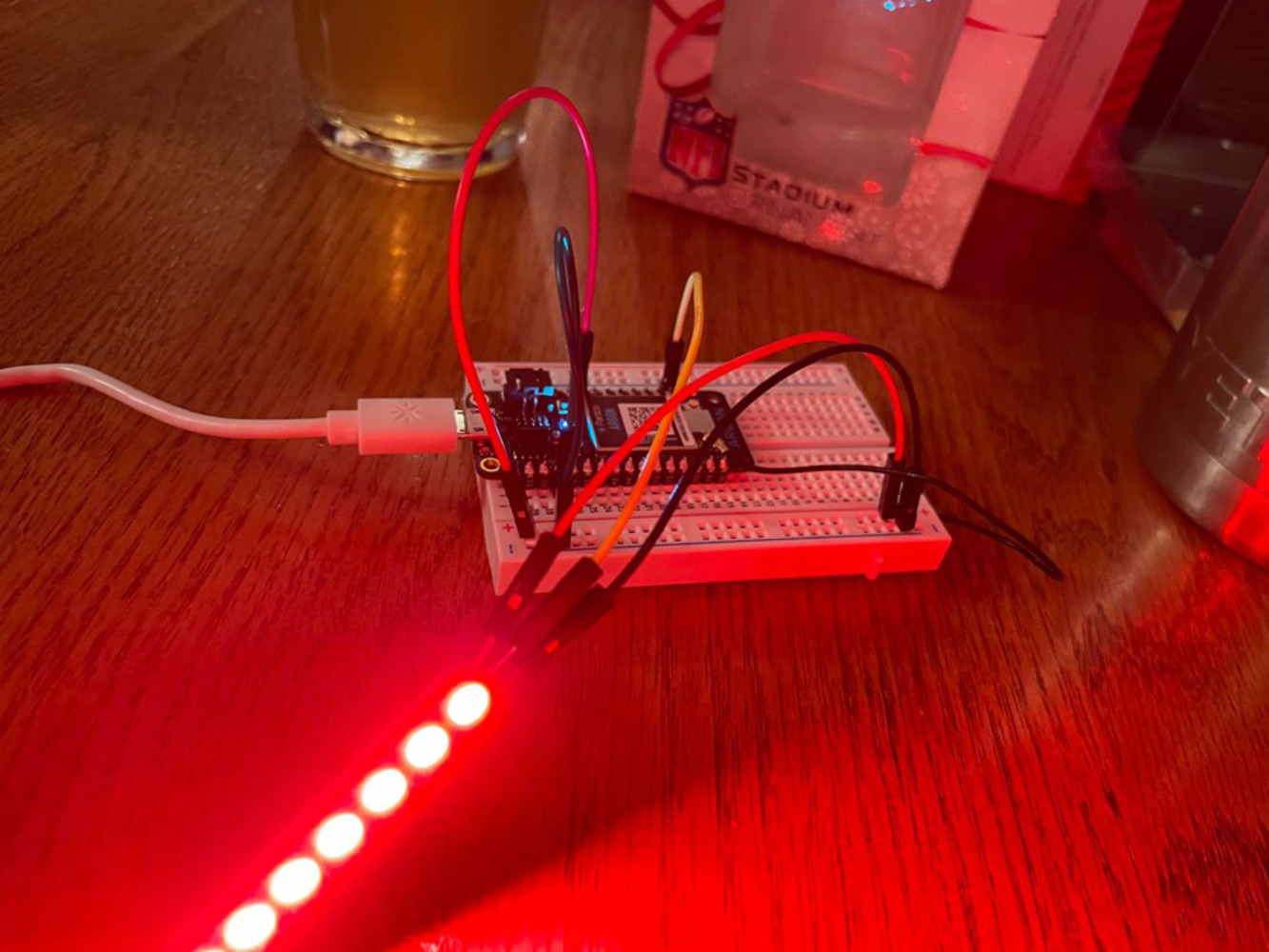Intent
GlowCap is a discontinued IoT product that helps people remember to take their medication. We will be recreating what we feel are the most important parts of the GlowCap experience to explore ways to improve the product and discover the reasons it was discontinued. The essential function of the system will be to light up and send a notification via text or app alert when medication needs to be taken.
We decided since the original product failed, we should try to determine potential improvements for our version. Although it could have failed purely due to business reasons, we tried to focus on design improvements. For instance, we felt the product was very clunky and looked mechanical. It was not asthetically pleasing. Additionally, it had many features that seemed excessive. Having a call center to reach out to patients, for example, was fairly disruptive and costly. This feature may have made sense when smartphones were not popular, but today, it may be more convenient to get an app notification.
After identifying these issues, we thought of another product we studied: the ambient orb. This orb could provide subtle signals that indicated events, but is still fit into the user's environment. Our goal was to combine the two products to create a superior version of the GlowCap.
There will be two items created in the project. One will be a medication bottle fit with a sensor system to determine if and when the bottle is open. The other physical component will be a hub component that is placed in a visible location within the home. The hub will be an aesthetically pleasing, ambient light that turns on when the medication needs to be taken.

